TEMPORARY EXHIBITION
Reaction Time – Goalkeeper Barbosa’s 100th Birthday
From June 19th, 2021 to January 30rd, 2022
How long does the goalkeeper take to initiate the defensive movement after noticing the shot aimed at the goal? In sports, this is the reaction time. In the exhibition that honors goalkeepers, the Soccer Museum proposes a reflection on racism in Brazil based on the history of a star in the position: Moacyr Barbosa. In 2021, he would be 100 years old.
Date
From June 19th to January 30rd, 2022
Exhibition finished
A tribute to goalkeepers. And one in particular.
In 2021, it will be 150 years since the invention of the goalkeeper, which only appeared years after football itself. Therefore, we invited a team of collaborators to organize an exhibition in honor of the Number 1 Jersey, proposing an immersion in the history of the main defensive role in the sport. At the exhibition, visitors will be able to remember incredible defenses, check gloves and shirts of Brazilian male and female goalkeepers, and even experience watching a game from the perspective of an archer – between official-sized goalposts.
One goalkeeper in particular was called to organize the tactical and symbolic form of the project: Moacyr Barbosa (1921-2000) illuminates the center of the experience and teaches us what it is to be a star and to be a black person in Brazil. His career tells us about how racism structures our society. And it will allow us to reflect on how we should act today to change this structure. Glorifying Barbosa is speaking of technique, joy and a Brazilian-fashioned football that charmed the world thanks to the prominence of black men.
REFLEX IS INVOLUNTARY.
REACTION TIME IS
CHOICE, DEDICATION
AND PERFORMANCE.
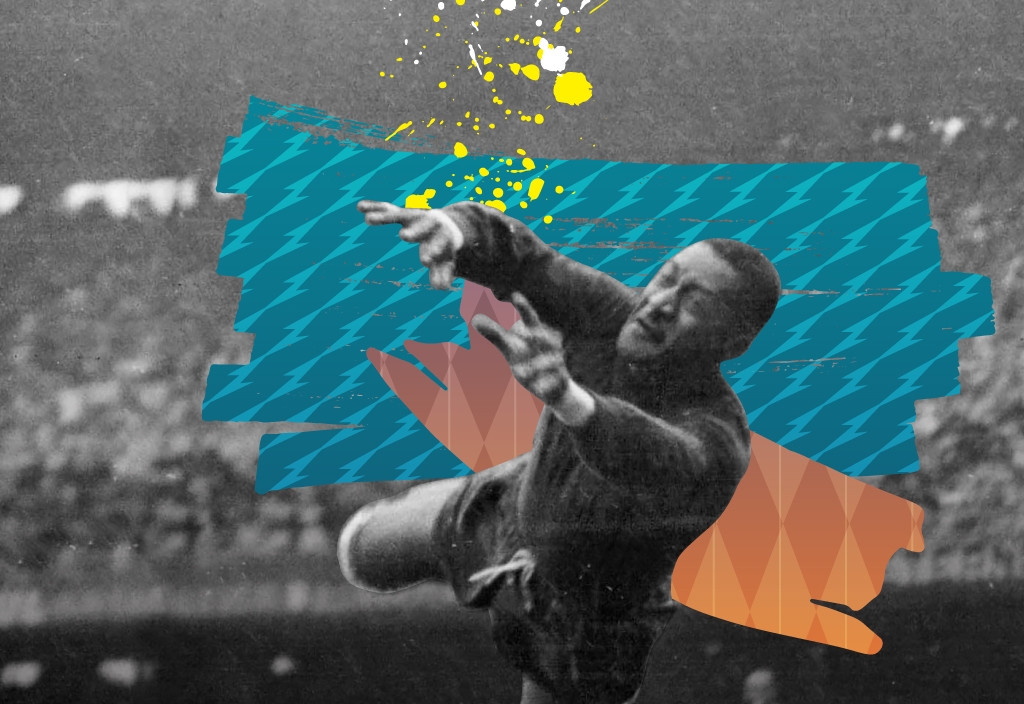
Timeline
1863
The first football rules are officially unified.
Any player could catch the ball with his hands, provided it is airborne.
The player that caught and airborne ball could have a free kick.
1866
A tape was placed between goalposts in order to limit the goal height.
The ball could be passed ahead provided that three opponents were between the receiver and the goal. The offside rule is born.
Forbidden to catch airborne balls with the hands.
1871
Creation of the goalkeeper position. At this very beginning, using the hands was allowed in any part of the field.
1872
The goalkeeper could use his hands only in the defense field.
1875
The goalkeeper is allowed to be replaced, but by an outfield player.
Wooden crossbars began to be implemented over the goalposts.
1880 a 1890
The rules still did not protect goalkeepers, who could be pushed by other players.
Due to that, English clubs looked for tall, heavy goalkeepers. One of the highlights was Foulke, measuring 1,90 m (6’4”) and 140 kg (308.64 pounds).
1881
The first references of women playing football in Scotland.
1891
Nets were put on goalposts and the referee started acting inside the field.
The penalty kick, an invention of the English goalkeeper William McCrum, was born.
1892
Creation of the extra time added to the match duration. The rule came after a goalkeeper kicked the ball away from the field in order to prevent a penalty from being kicked. When the ball was replaced, the match end time had already been reached.
1902
Implementation of the Penalty Area, the Penalty Spot and other field marks.
1905
The goalkeepers were forbidden to come forward in a penalty kick.
1912
Requirement of a different outfit for goalkeepers.
1914
Marcos Carneiro de Mendonça was the first goalie to defend the Brazilian Team.
1922
Anna Amélia Carneiro de Mendonça publishes “O Salto”, the first Brazilian poem on soccer, a sonnet written for her husband, Marcos Carneiro de Mendonça.
1923
Nelson Conceição was the first black goalie to defend the Brazilian Team.
1940
Filhinha (from Sport Club Brasileiro) and Inah (from Casino Realengo) were the first female goalkeepers in the history of the Pacaembu Stadium. One year later, Getúlio Vargas prohibited the female soccer in Brazil. How many women were prevented from making their dreams come true…
To find out more, visit the exhibition!
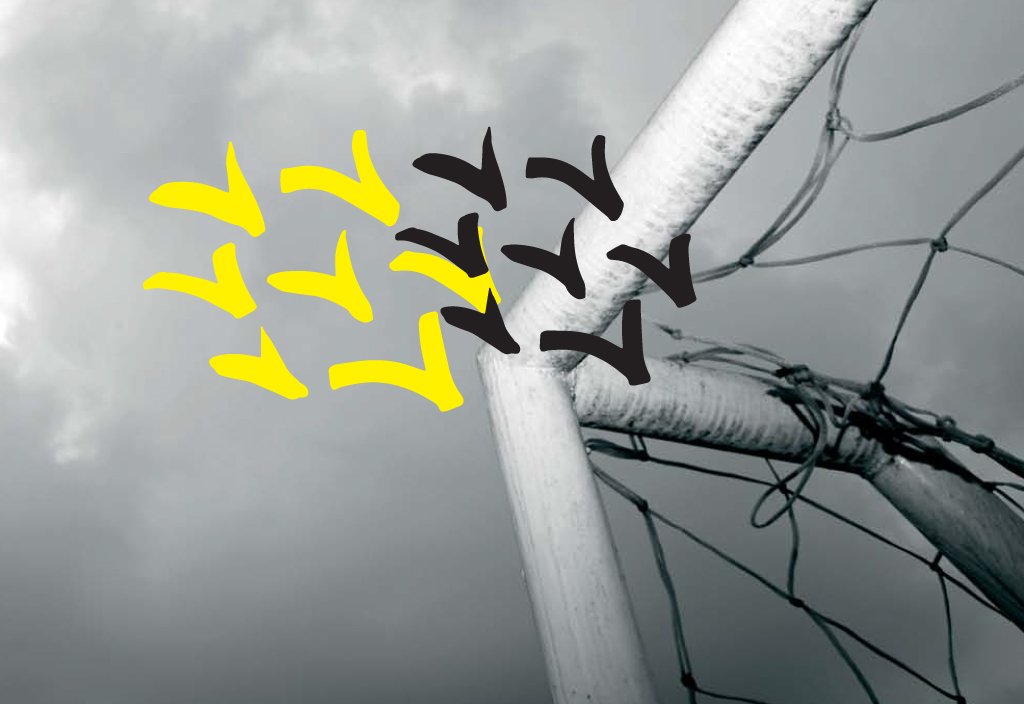
Anti-racism is a goal scored by everyone
The anti-racist cause comprises the concerns of the Football Museum since its foundation, but, in light of the events that marked the country and the world in 2020, as George Floyd’s death in the United States and Adalberto de Freitas’ in Brazil, it has become central and urgent.
Last year, we started fostering the reflection and the debate around diversity in the Museum itself in order to, in 2021, carry out actions and share narratives, characters, images and anti-racist concepts with the public.
The Reaction Time exhibition is one of the results of this work. Dedicated to remember the 150 years of the invention of the goalie position, it selected Moacyr Barbosa’s career to receive the homage. This is an intentional selection.
Although Barbosa has been one of the best goalkeepers of his generation, he was for decades unfairly judged the responsible for Brazil’s defeat in Maracanã, in the 1950 World Cup. With the aid of Tereza Borba’s memoirs, the exhibition problematizes the narrative construed at the time, and their consequences to the history of football from the particularities of the goalkeeper position, Barbosa’s career itself as well as the denouncement of racism that structures Brazilian soccer and society.
Even the most competent goalkeepers experience the challenges imposed by the role (and by top scorers). That’s the game. However, living on a daily basis under racial and prejudice and discrimination leaves deep marks on people, culture and sports. That’s the anti-game.
This is why the action must be collective and comprehensive, just as it is happening now at the Football Museum.
The Football Museum Team
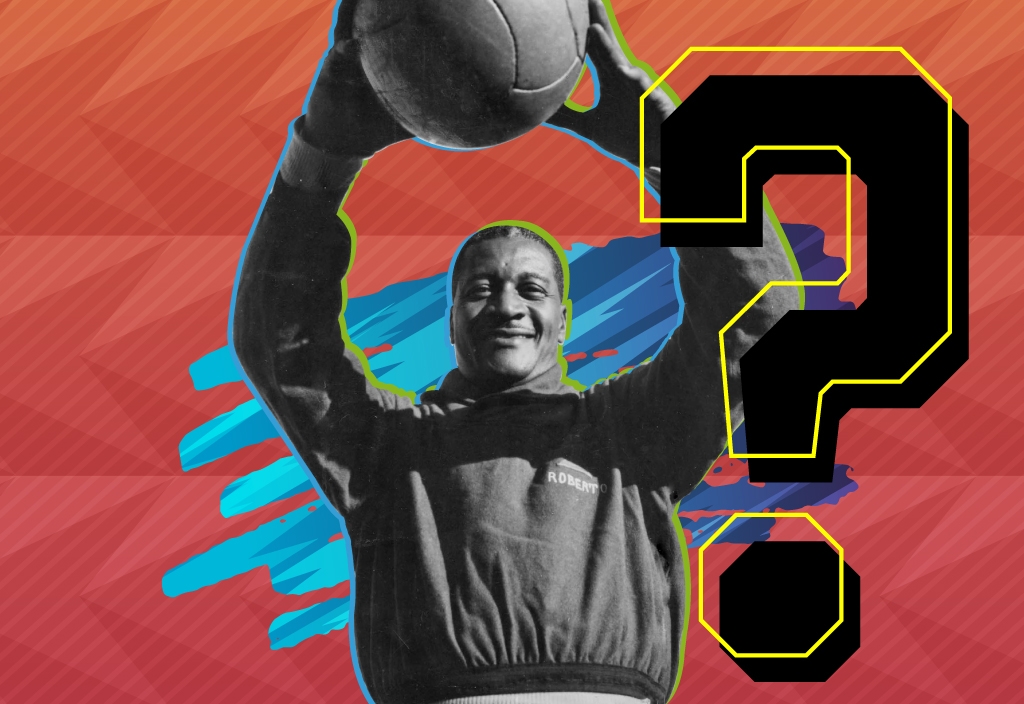
Cultural program
The Football Museum also prepared an extensive online cultural program about the goalkeeper profession, about Barbosa and about anti-racism in sports. Follow our social media and the schedule that will be available on this website.
Complete texts
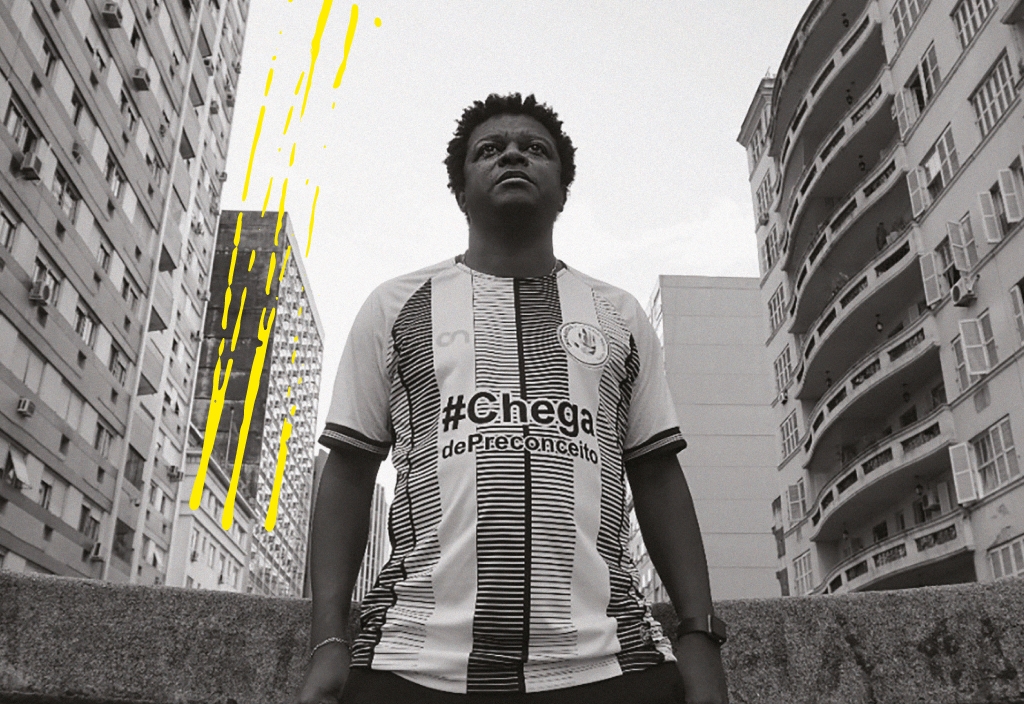
Marcelo Carvalho
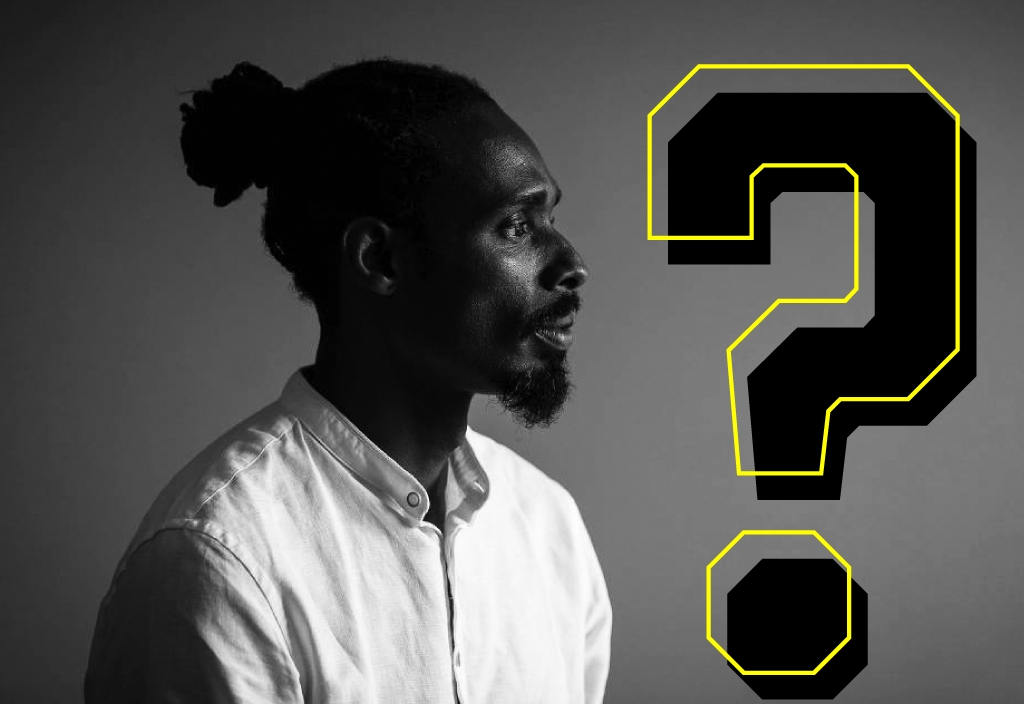
Diogo Silva
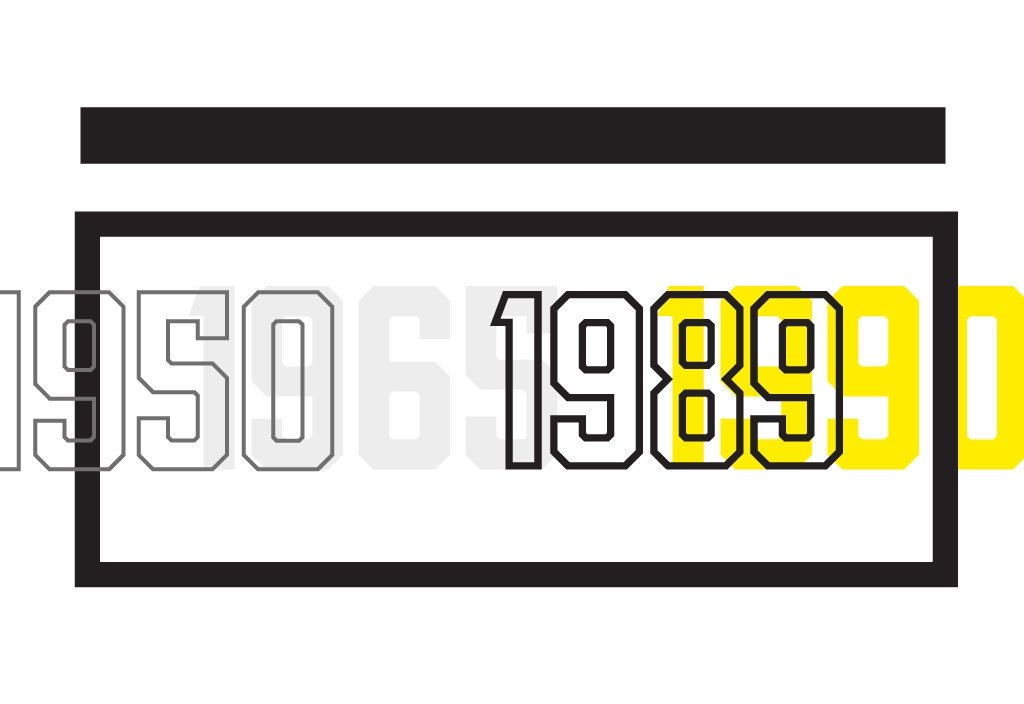
Timeline | Black People Movement
Football History
Technical file
Curatorship
General coordination: Daniela Alfonsi
Consultants: Amália Cursino, Marcelo Carvalho, Diogo Silva e Marcel Diego Tonini
The curatorship was developed with the collaboration of all the Departments of the Soccer Museum.
Conversation rounds were also held with invited experts: Alexandre Vinícius, Cristiano Fukuyama, José Paulo Florenzano, Júlia Belas, Marcel Diego Tonini, Marcio Macedo, Marcos Luca Valentim, Mauro Beting e Paulo Guilherme.
Production
Marcio Guerra | Dois Juntos
Maíra Corrêa Machado | Guapacultural
Exhibit Design: Eduardo Spinazzola, Chico Gitahy, Lucas Dalcim, Barbara Araujo | Spinazzola e Gitahy Arquitetura
Design e Communication: Agência PAPRIKA – Luciana Spektor, Paula Damazio, Helena Guedes, Marco Antônio Gomes e Vagner Lima
Graffiti: Enivo
Technological programming and development: samambaia.digital
Research: Daniela Alfonsi, Marcel Tonini e Brazilian Football Reference Center/Football Museum
Texts: Amália Cursino, Daniela Alfonsi, Diana Mendes, Diogo Silva, Marcel Tonini e Marcelo Carvalho.
Gloves and jerseys | Collections of: Caio Prazeres, Fábio Vilela Duque, Hamilton, Leandro Watanabe, Mario Aranha, Maurício Reis Rocha, Monique Alves de Oliveira Somose, Poker, Rodrigo Pedrosa, Santa Cruz Futebol Clube, Tereza Borba e Thais Helena da Silva.
Exhibition setup: Metro Cenografia
Final assembly: Install Produções de Arte
Print: WaterVision
Iluminação: Iluminarte
Audiovisual equipment: MMV Montagens Audiovisuais
Projection Screens: Dell’Ore
Insurance: Affinité Corretora de Seguro
Conservation: Rebecka Borges
Firefighting Project: Lume Consultoria
Audiovisual content
“AGARRA”
Production: Osmose Filmes
Edition: Yan Motta
Production: Emílio Domingos
Production assistant: Ana Carolina Francisco
Musical direction and soundtrack: Ricô
Sound editing and mixing: Audiorama filmes
Color correction: Marmo Entretenimento
Colorist: Hebert Marmo
Motion Design: Rodrigo Lima
Audio description and sign language: Educalibras
Images kindly provided by: Federação Paulista de Futebol, TV Globo, FIFA, Comitê Olímpico Internacional (COI).
“REVERSE-FIELD VIEW”
Direction, editingand finishing: Cristiano Fukuyama
Production: Luiz Nascimento
Audio description and sign language: Educalibras
Subtitles: Cristiano Fukuyama
Participants: Diogo Muñoz, Enzo Carillo, Giovani Alvisi, Marcello Banini, Marcus Vinícius Lopes, Raphael de Souza, Vitor Paiva, Yan Fernandes.
Location: Dr. Oswaldo Teixeira Duarte Stadium (Canindé, São Paulo-SP)
“WHY DID I CHOOSE TO BE A GOALKEEPER?”
Direction, editingand finishing: Cristiano Fukuyama
Productioon: Luiz Nascimento
Goalkeepers interviewed: Bernardo Gonzales, Bozó, Carla, Gislayne, Pedro, Rodolfo, Sophia, Tainá, Thaís Picarte, Tobias e Zetti.
Audio descripton and sign language: Educalibras
Subtitles: Cristiano Fukuyama
“PLAYS”
Animation: Alexandre Barcelos |A/b Motion
Consultancy: Leandro Watanabe
“BARBOSA”
Production: Osmose Filmes
Direction and production: Emílio Domingos
Assistant director: Ana Carolina Francisco
Edition: Yan Motta
Interview with Mario Aranha Photography and Sound: Cristiano Fukuyama
Musical direction and soundtrack: Ricô
Script: Emílio Domingos
Script Assistant: Ana Carolina Francisco
Sound editing and mixing: Audiorama Filmes
Color correction: Marmo Entretenimento
Colorist: Hebert Marmo
Motion Design: Rodrigo Lima
Production assistant: Ana Carolina Francisco
Audio description and sign language: Educalibras
Images kindly provided by: Collection of Tereza Borba, State of São Paulo Public Archive (Última Hora Collection), Vasco da Gama Memory Center.
Audio by Barbosa taken from an interview with journalist José Rezende for the Álbum dos Esportes Show, broadcast by Rádio Capital of Rio de Janeiro, December 1984.
“REACTION IN TIME”
Direction, editing and finishing: Cristiano Fukuyama
Production: Luiz Nascimento
Interviewees: Mario Aranha, Breiller Pires, Jefferson, Lucão, Luciana, Marcelo Barreto, Miriam Soares, Thales Ramos.
Audio description and sign language: Educalibras
Subtitles: Cristiano Fukuyama
Photo image credits
AGARRA panel
Paulo Pinto / Bob Thomas Sports Photography via Getty Images / DIBYANGSHU SARKAR/AFP via Getty Images/Jean Paul Thomas/Icon Sport via Getty Images/
Showcase, from left to right:
Personal collection of Tereza Borba / Rodrigo Corsi/Paulistão
BARBOSA Panel
Personal collection of Tereza Borba / Collection José Rezende / State of São Paulo Public Archive (Última Hora Collection) /Vasco da Gama Memory Center / Popperfoto via Getty Images/Getty Images/ Bob Thomas/Popperfoto via Getty Images/Getty Images/ Unicamp Memory Cener / Reprodutctions from Gazeta Esportiva/ Reprodutctions from O Globo.
ACTION IN TIME Panel
Zanone Fraissat/Folhapress / Personal collection of Marcelo Carvalho / LEONHARD FOEGER/POOL/AFP via Getty Images / XAVIER LAINE/POOL/AFP via Getty Images
Thank you
Thanks to Mario Aranha
Thanks to Tereza Borba
Adão Luiz, Alexandre Araújo, Alexandre Sonego de Carvalho, Américo Baptista Villela, Bernardo Buarque de Hollanda, Bernardo Itri, Breiller Pires, Brunno Carvalho, Bruno Freitas, Campo Grande A.C., Casa da Cultura de Muzambinho -MG, Celso Unzelte, Centro de Memória da Unicamp, Centro de Memória Vasco da Gama, Clube Atlético Ypiranga, Colaboradores dos colégios de Campinas – SP: Escola Estadual Dom Barreto, Escola Estadual Antonio Vilela, Escola Estadual Artur Segurado, Escola Estadual Francisco Glicério, Colégio Politécnico Bento Quirino, Daniele Zanini, Danilo Ciaco, Darly Francomano, Diogo Borges, Dirceu Paiva, Edvaldo Leite, Ema Elisabete Rodrigues Camillo, Ernane Zorzo, Esequias Pierre, Federação dos Clubes Nipo-Brasileiro de Anciões, Federação Paulista de Futebol, Fernando Pereira da Silva, Fernando Richter, Flora Gerola, Henrique Rost, Humberto Costa, Iara Venanzi, João Paulo Berto, João Tasso, José Paulo Florenzano, José Rezende, Josemara Tsuruoka, Lene Cardoso Gaia, Linda Gonçalves, Lucas Cabrini Tanabe, Marcelo Altenhofen, Marcos Luca Valentim, Maria Alice Rosa Ribeiro, Michelle Lima, Museu da Imagem e do Som de Campinas – SP, Museu do Esporte de Campinas – SP, Nathália Zanelato Luglio, Paulo Aguiar, Paulo Levy, Pedro – Lanchonete Quatro Z Ltda, Raphael Zarko, Rebeca Finguermann, Roberto Muylaert e Celina, Roberto Nappi, Rogério Verzignasse, Rosa Fátima de Souza Chaloba, Rosemeire Rodrigues, Santa Cruz Futebol Clube, Vinicius Erra, Walmer Peres.












